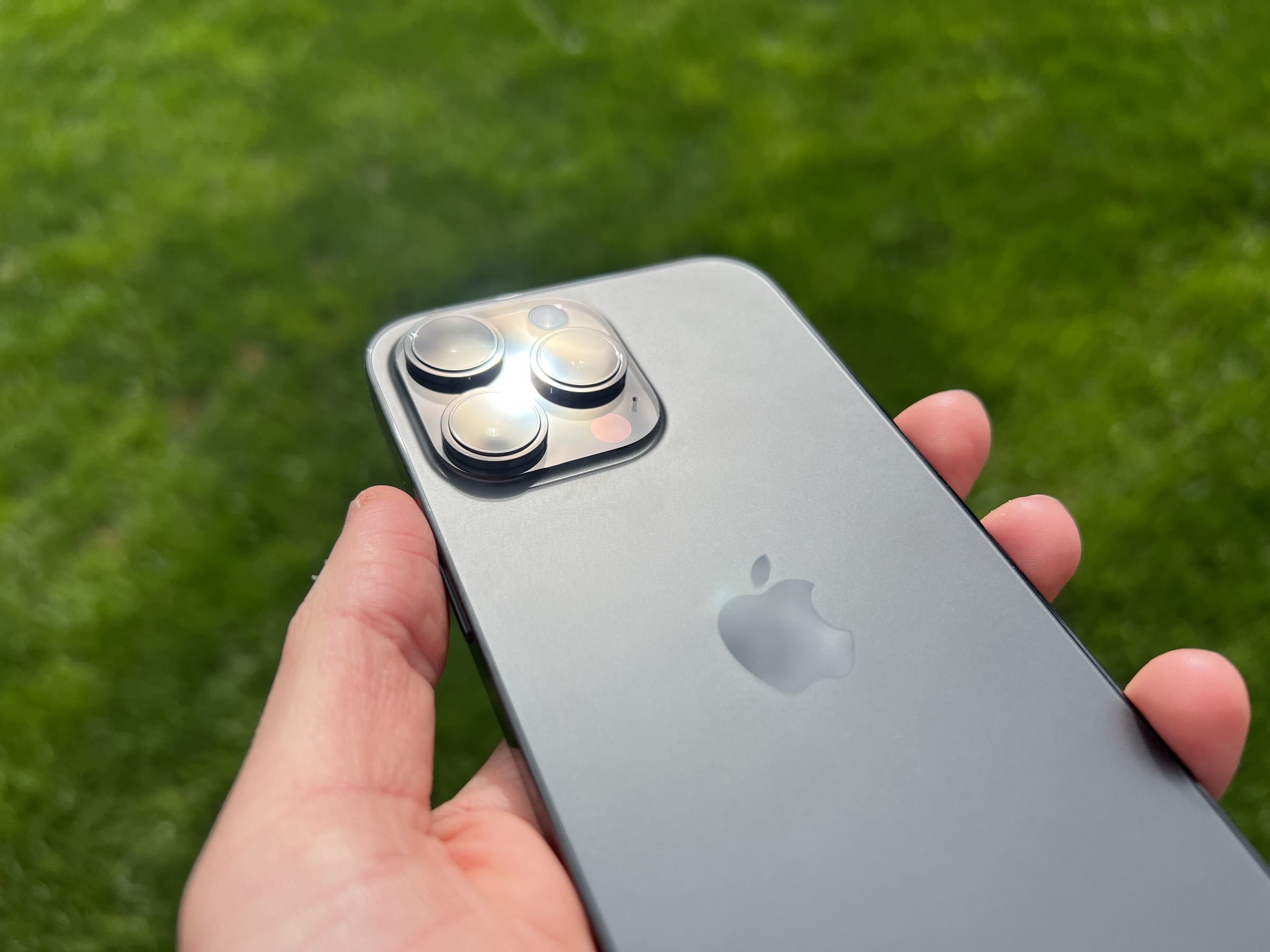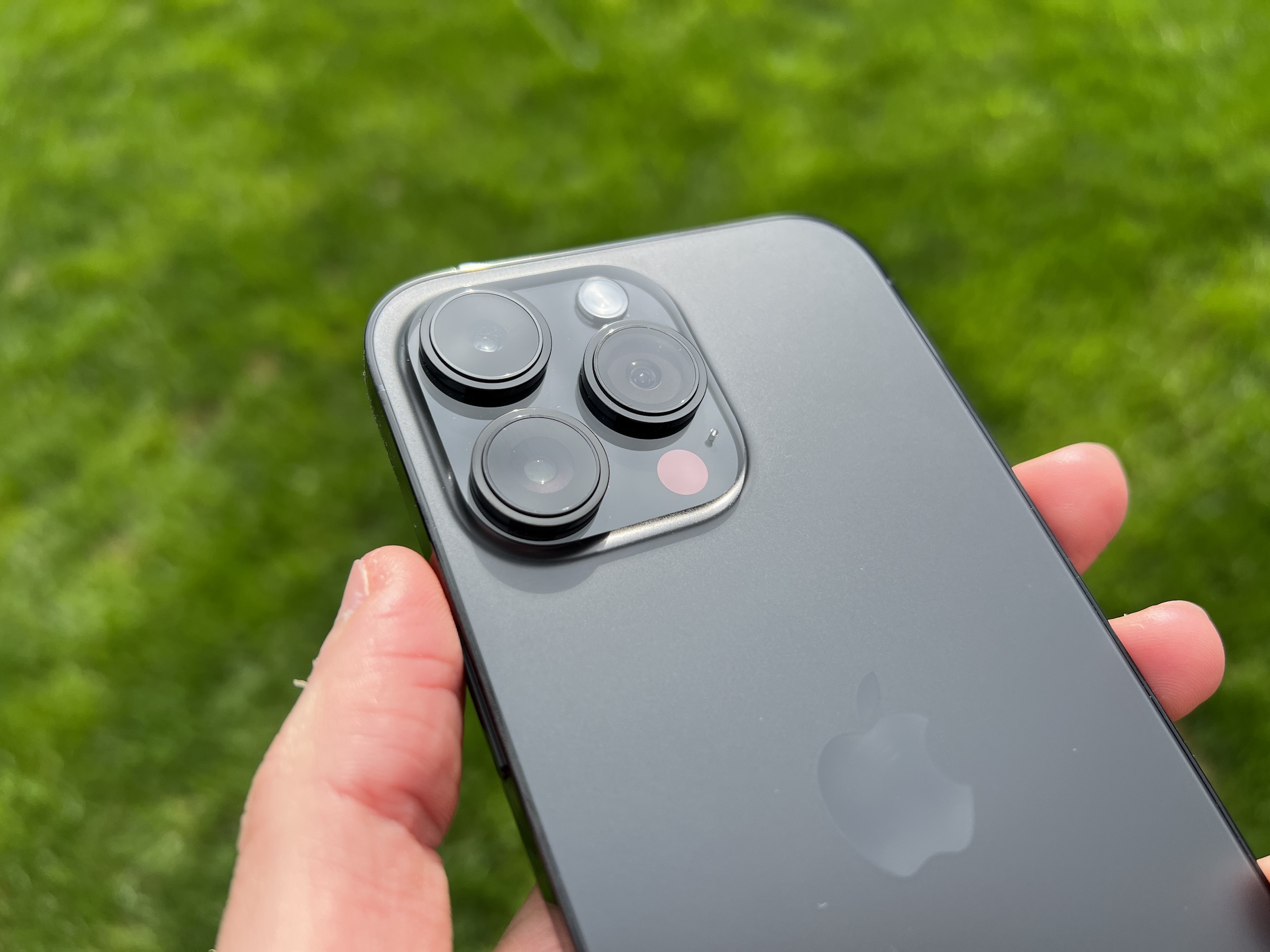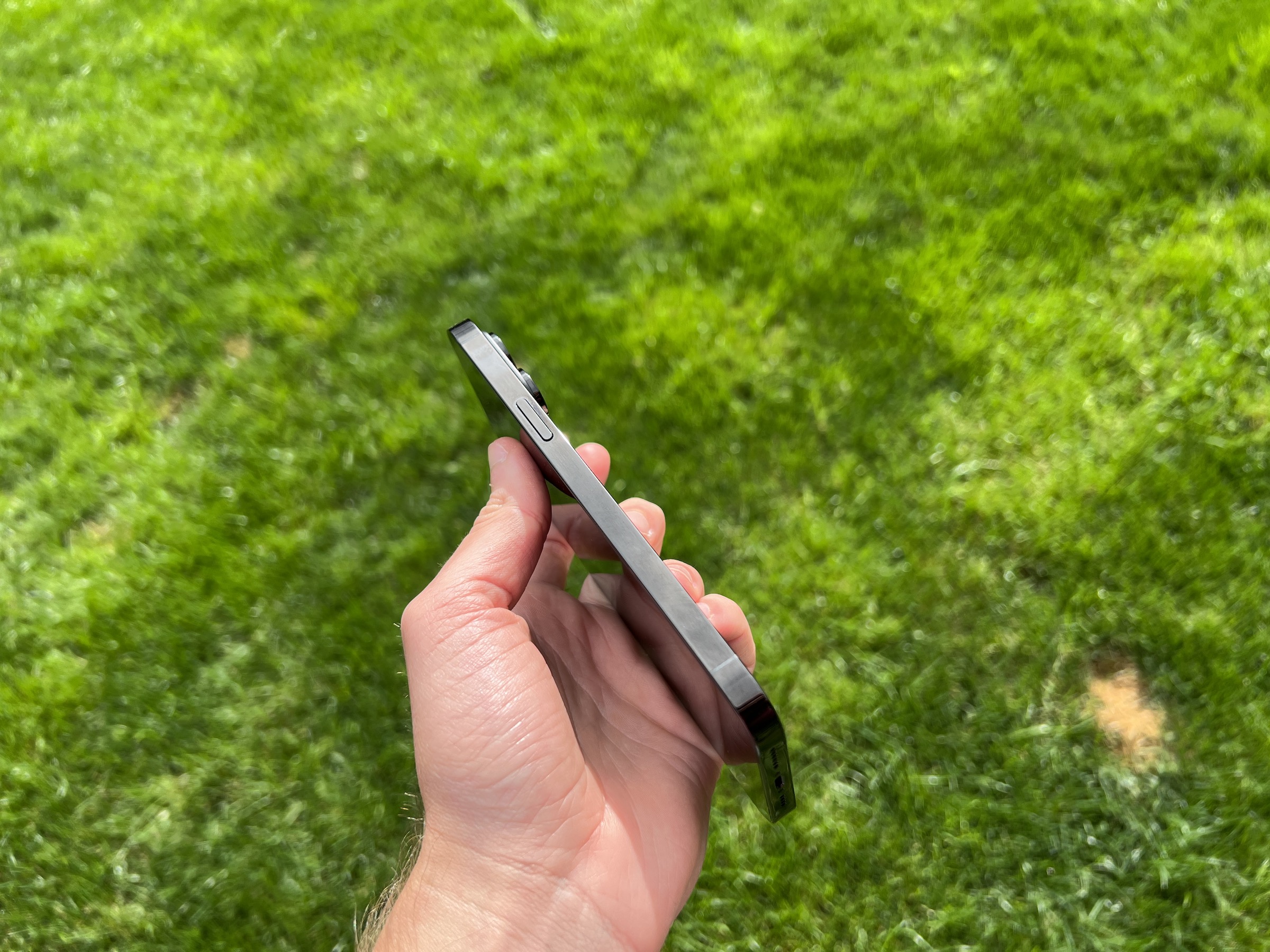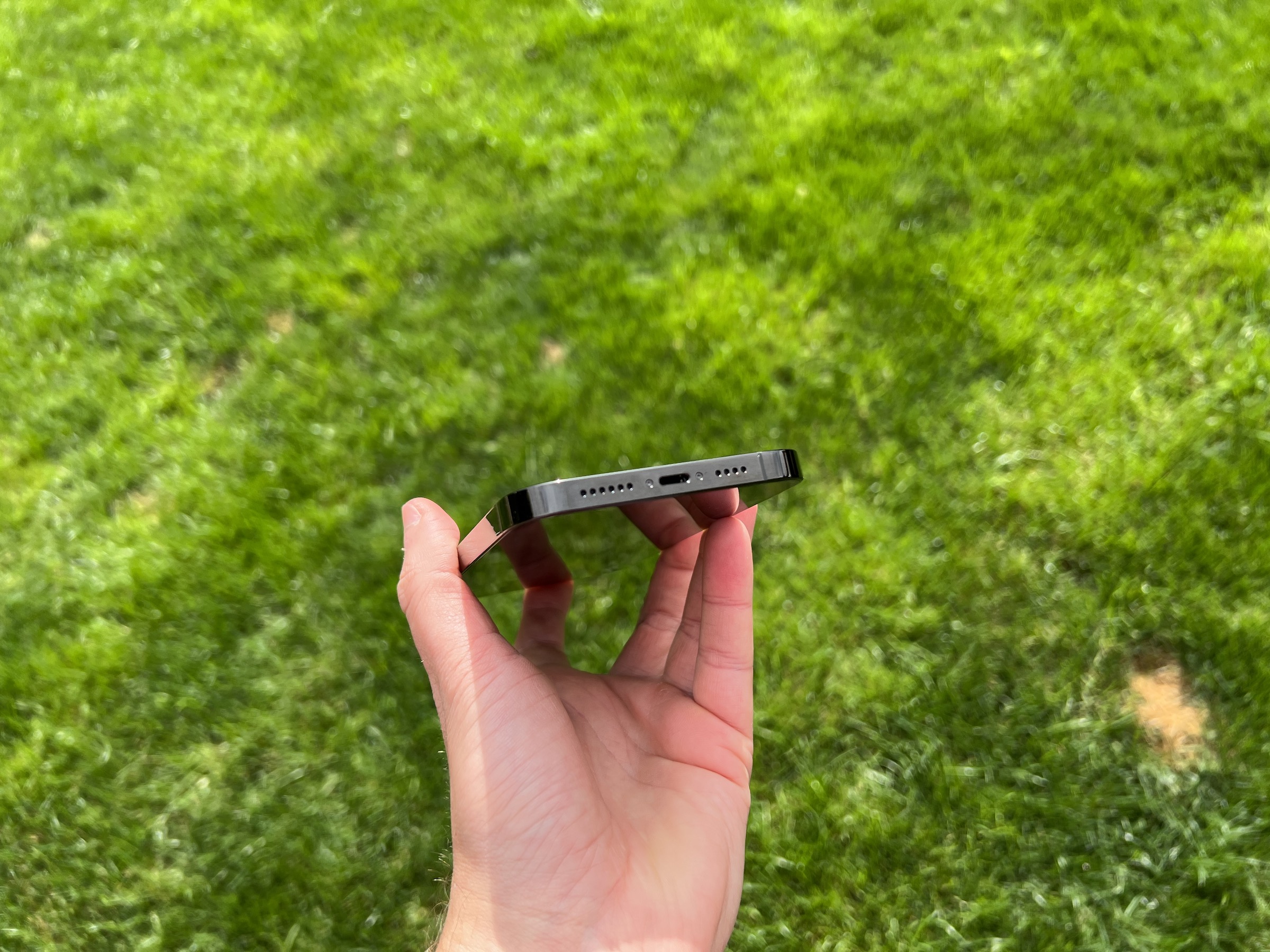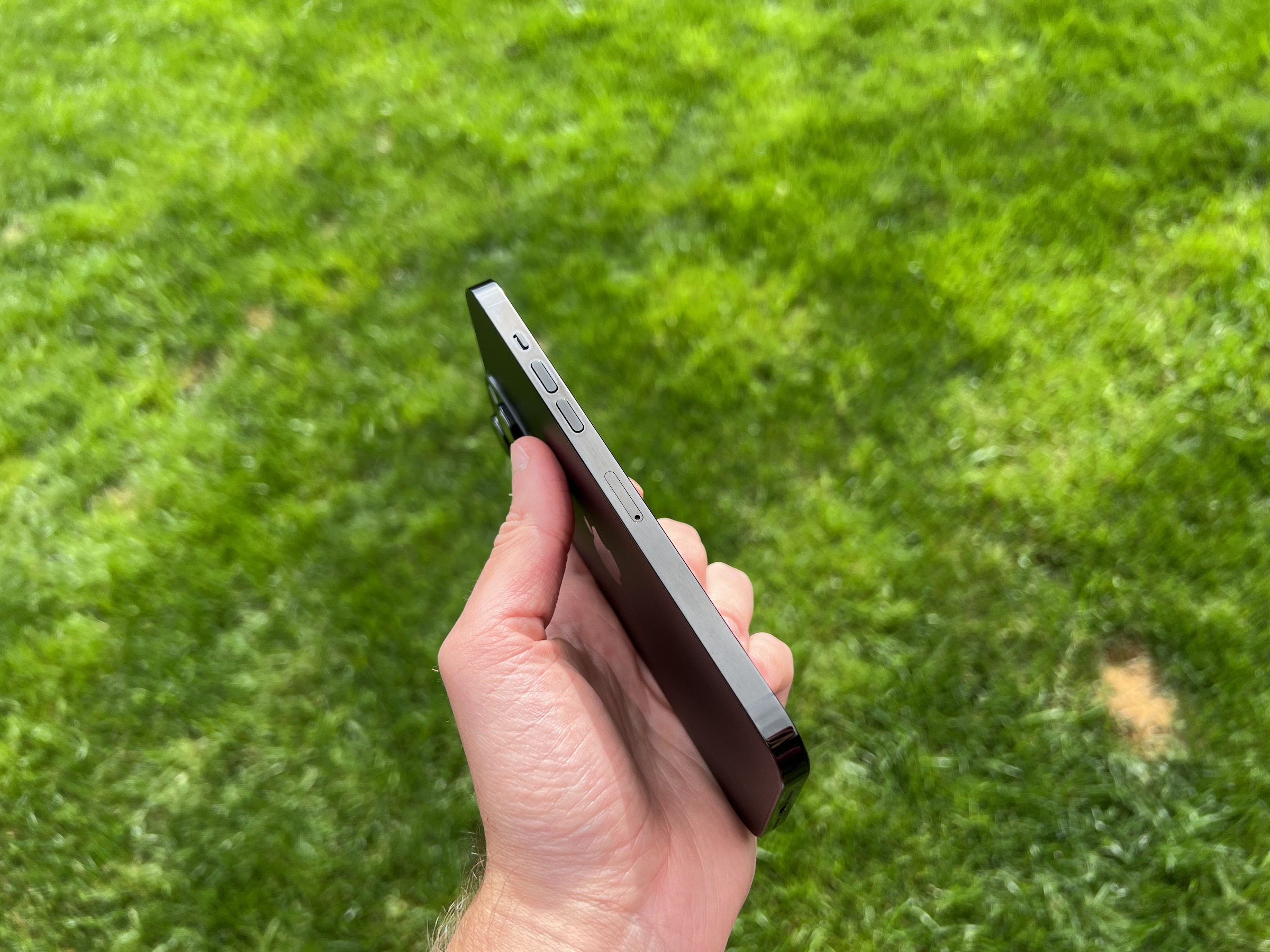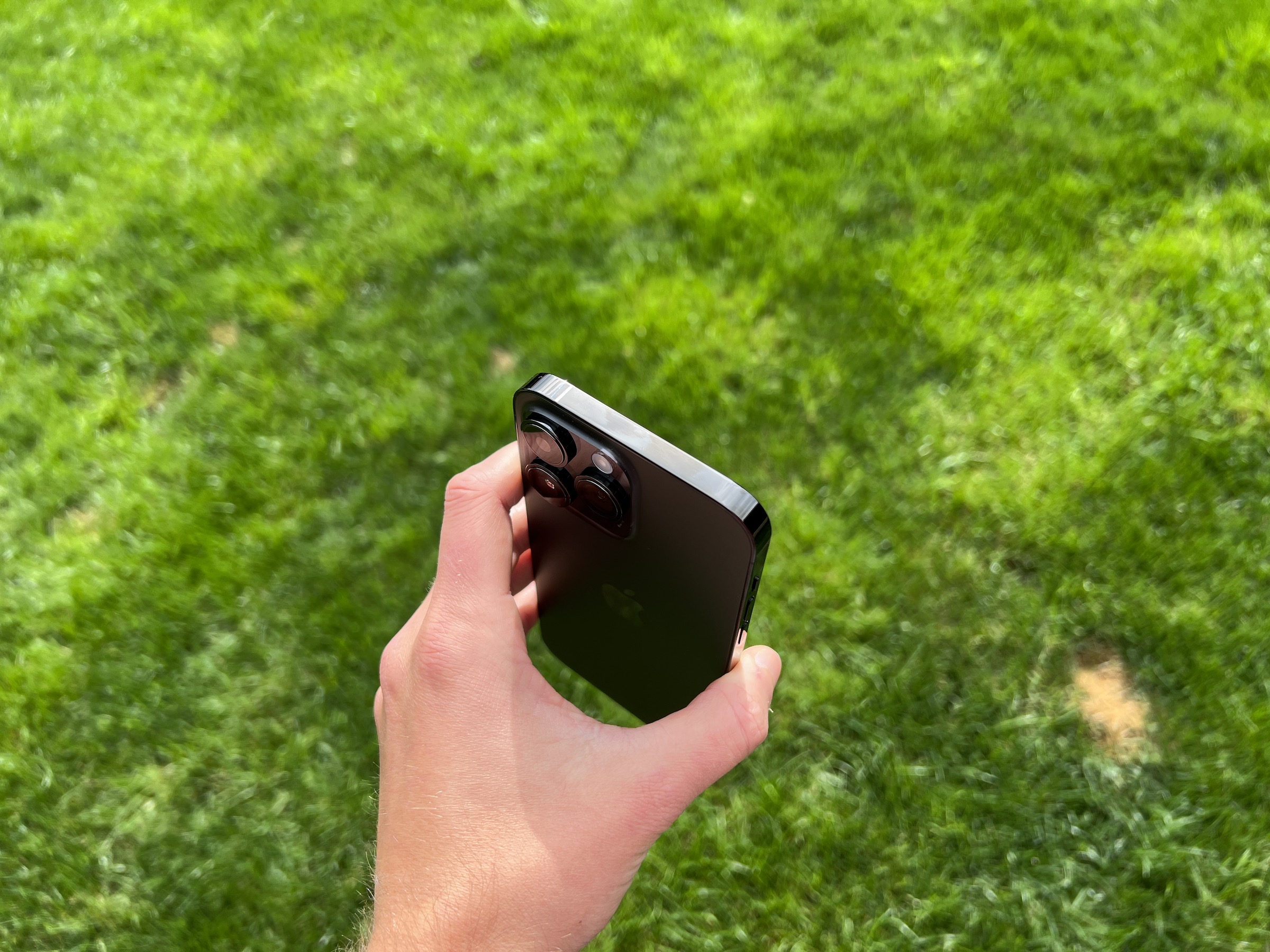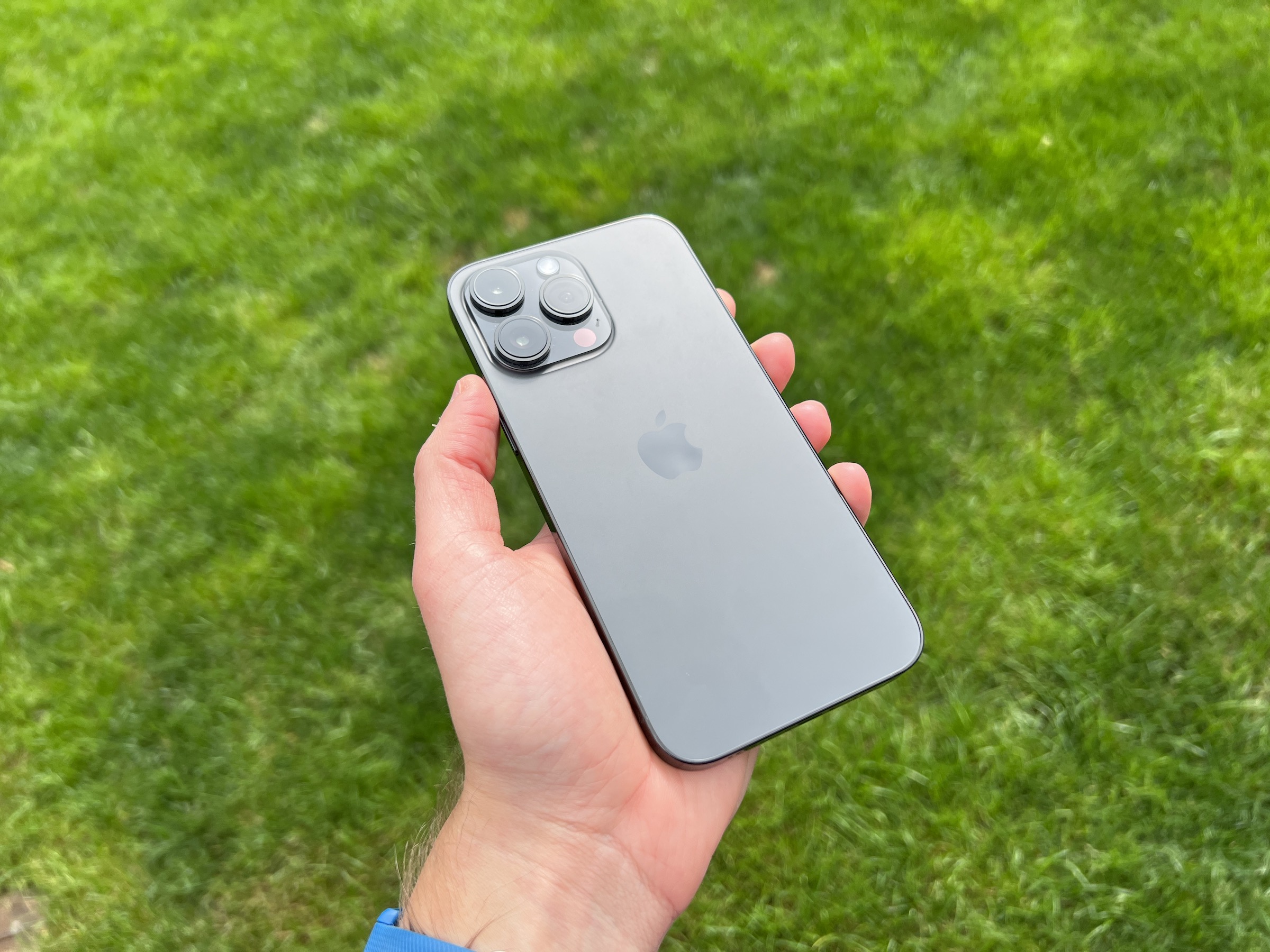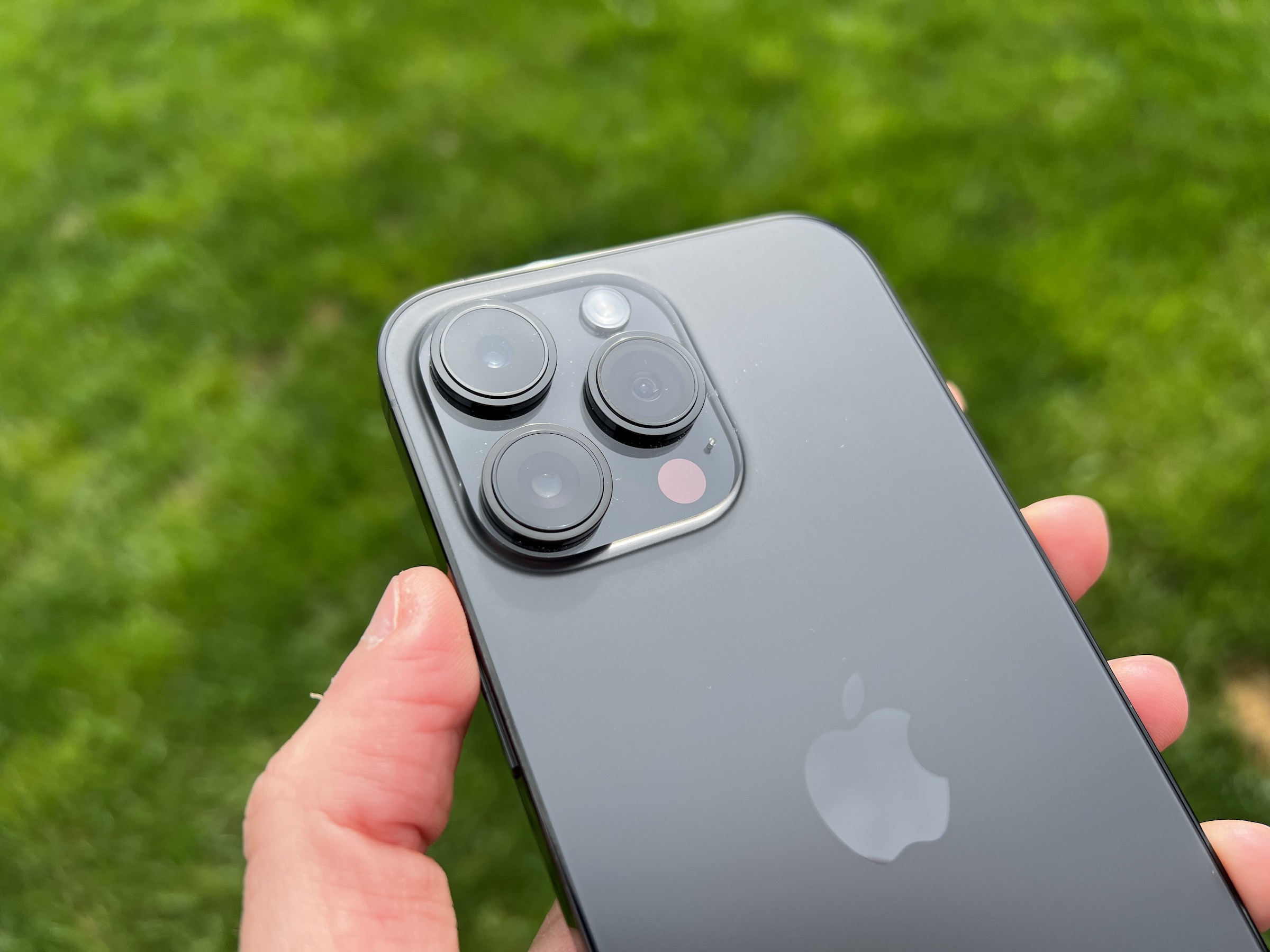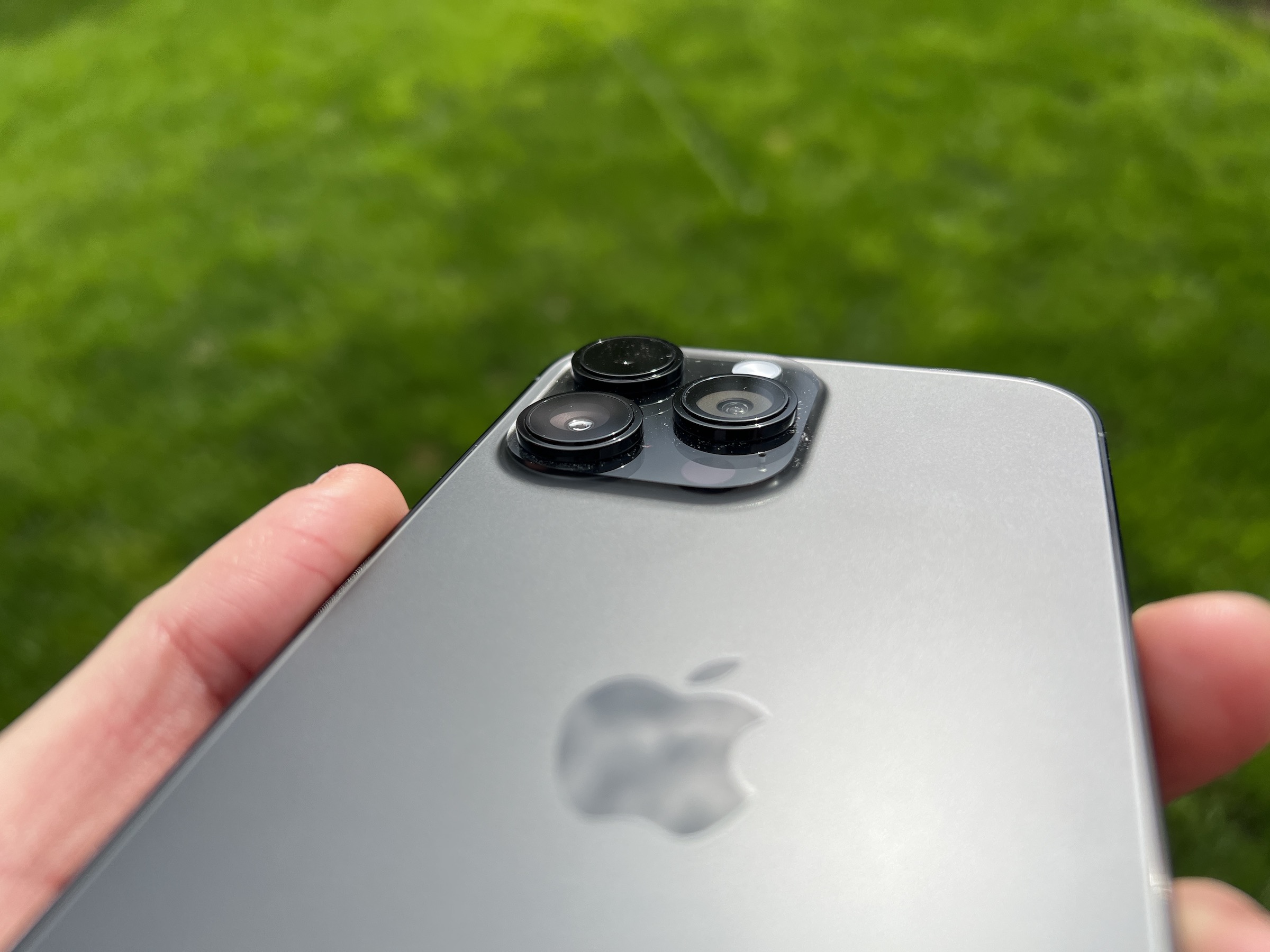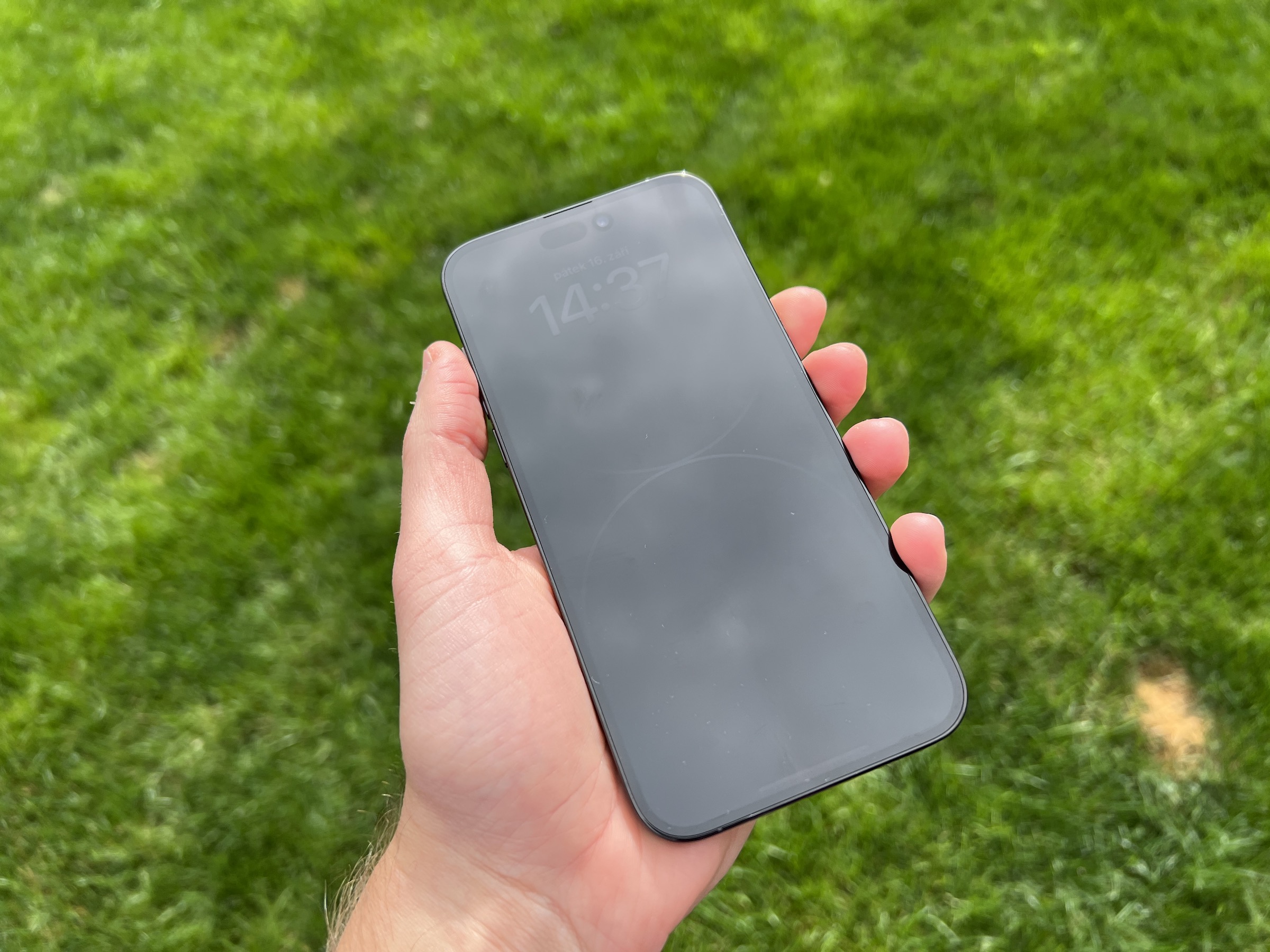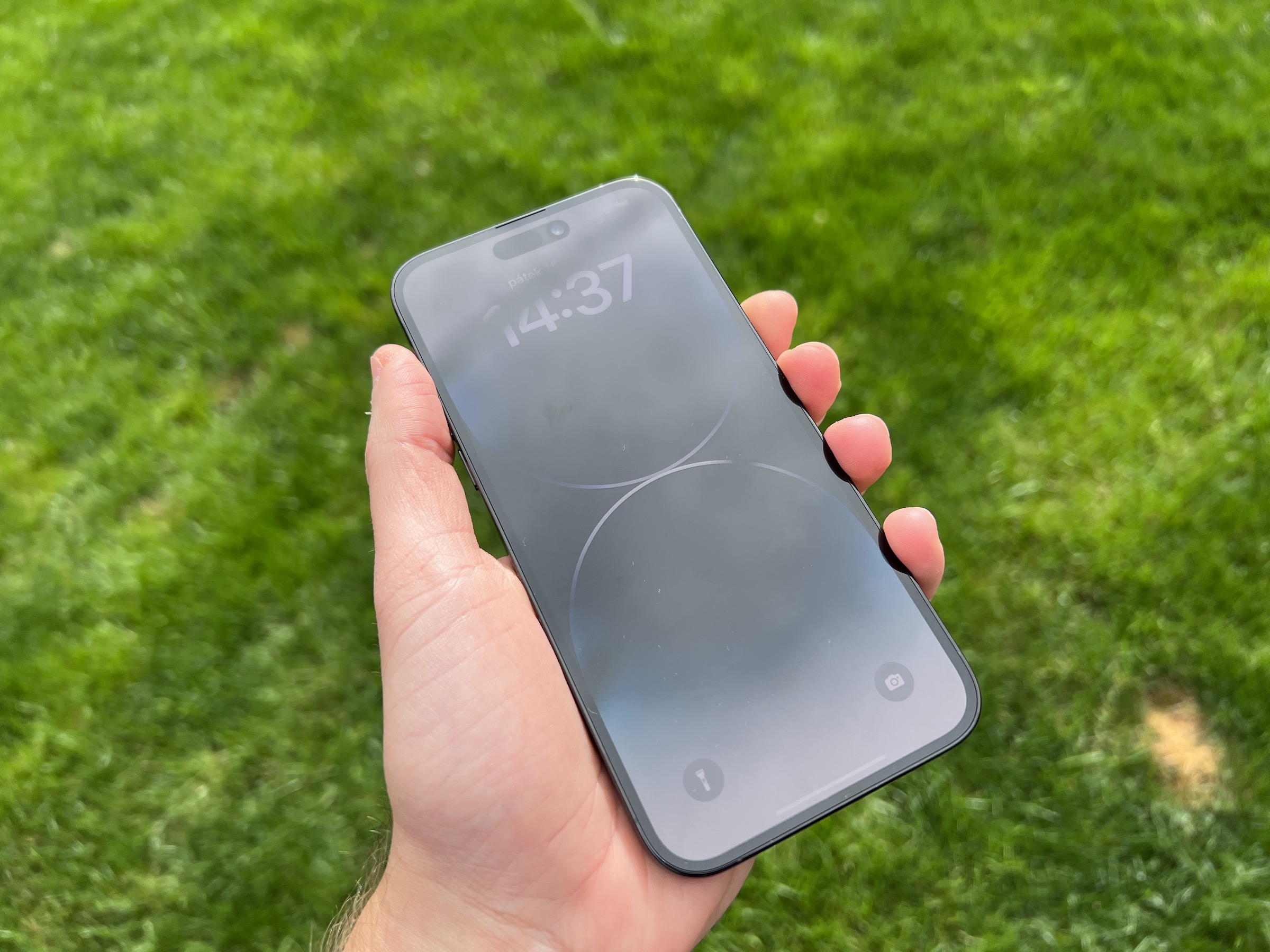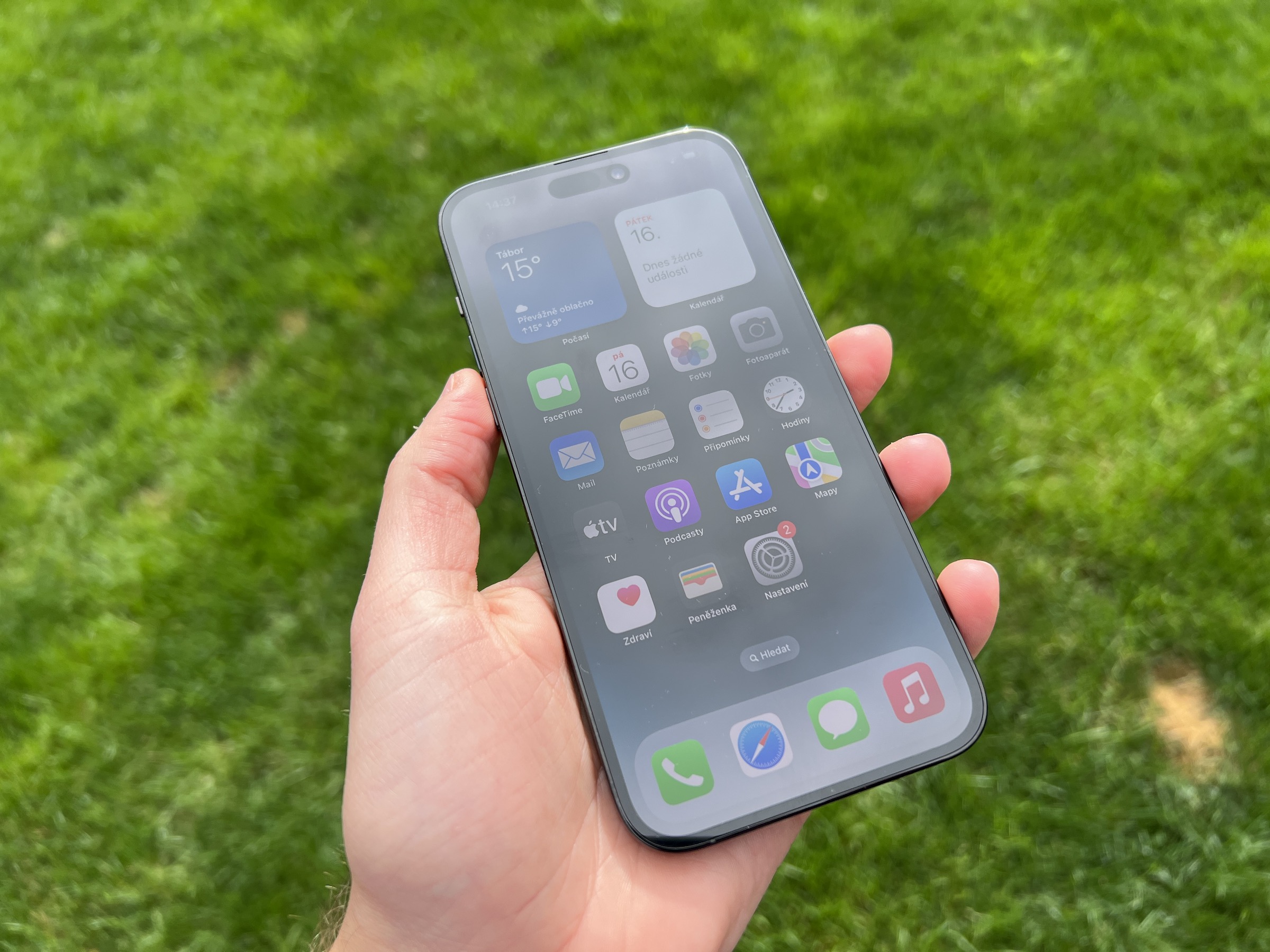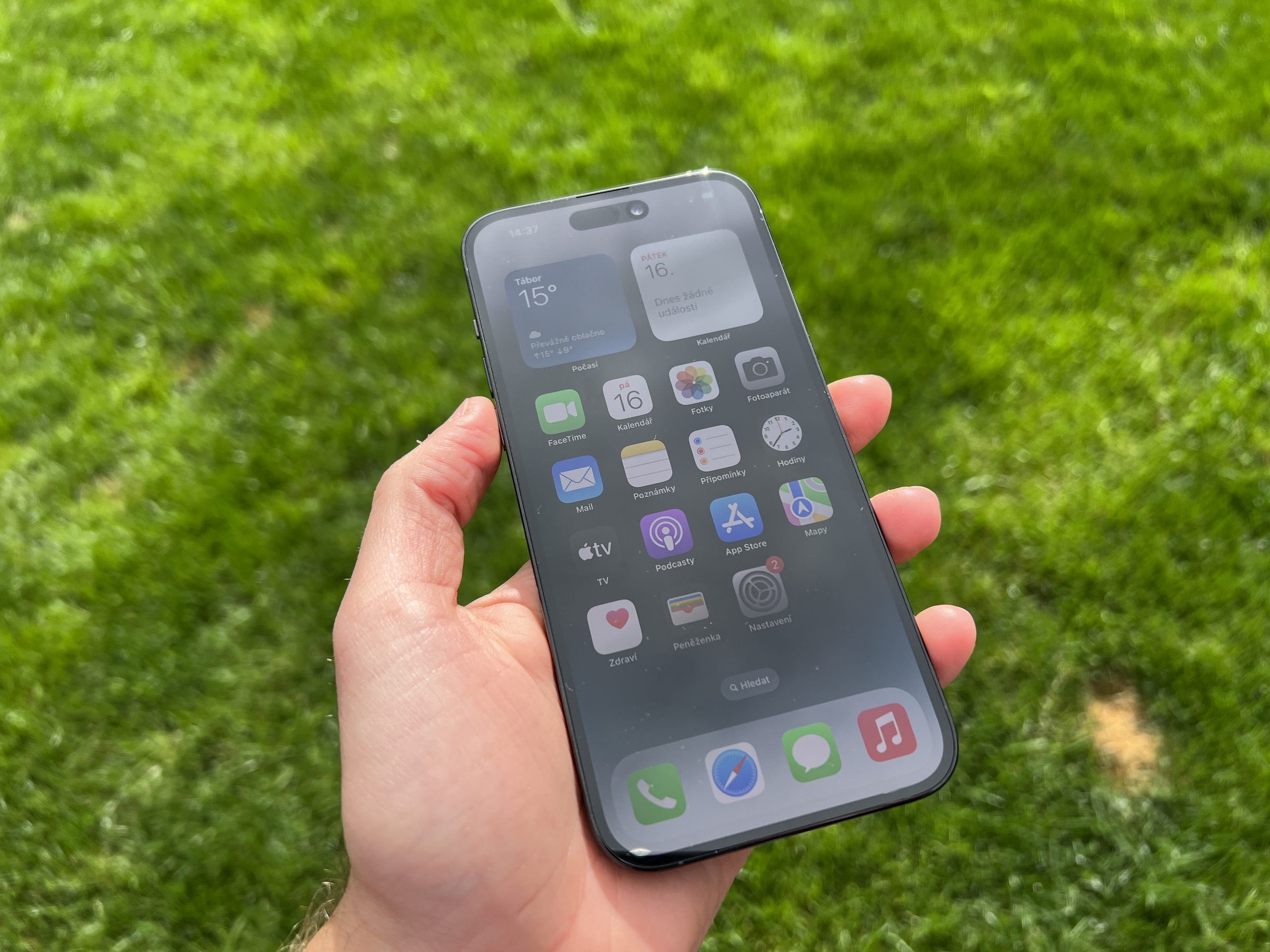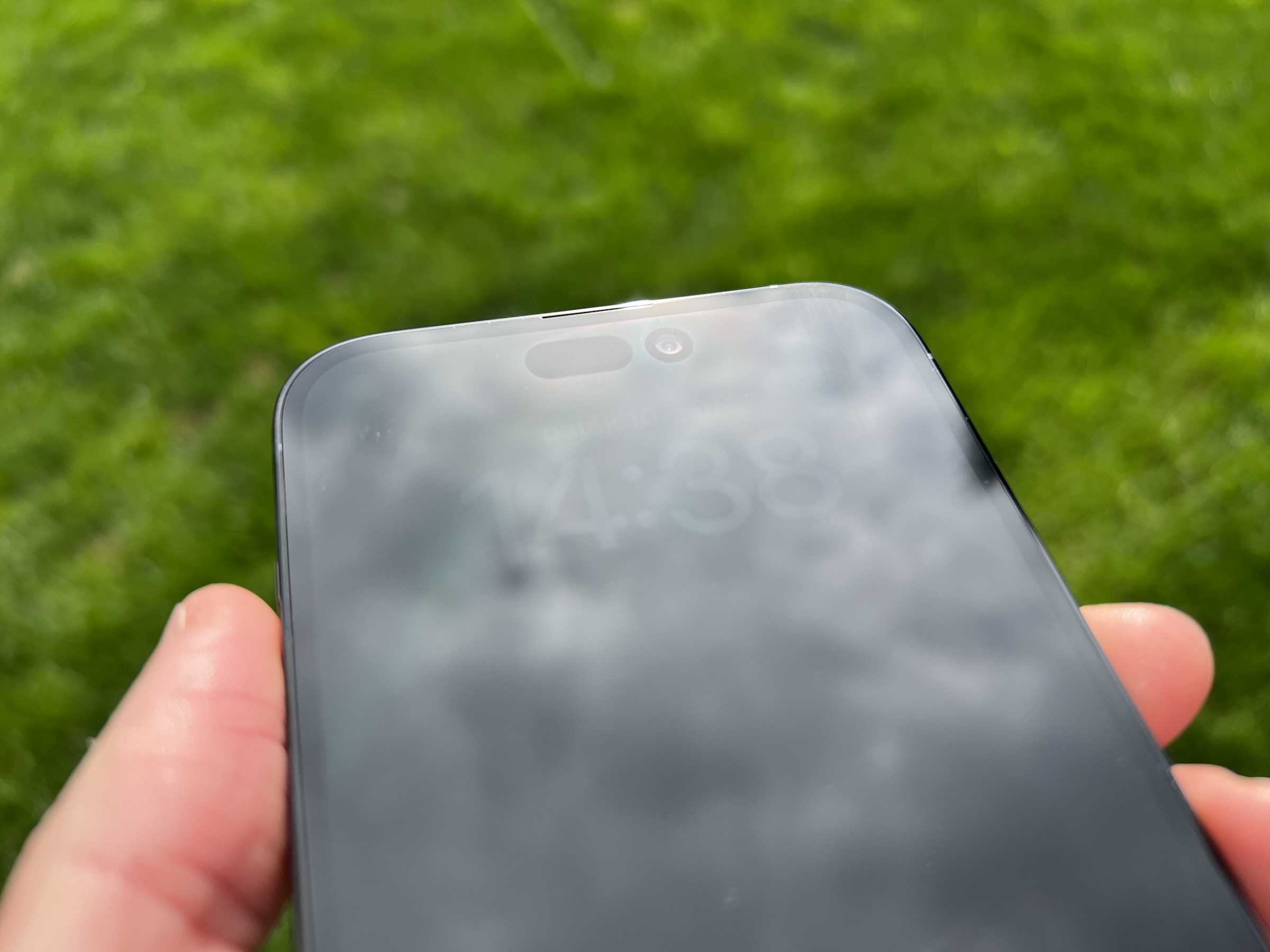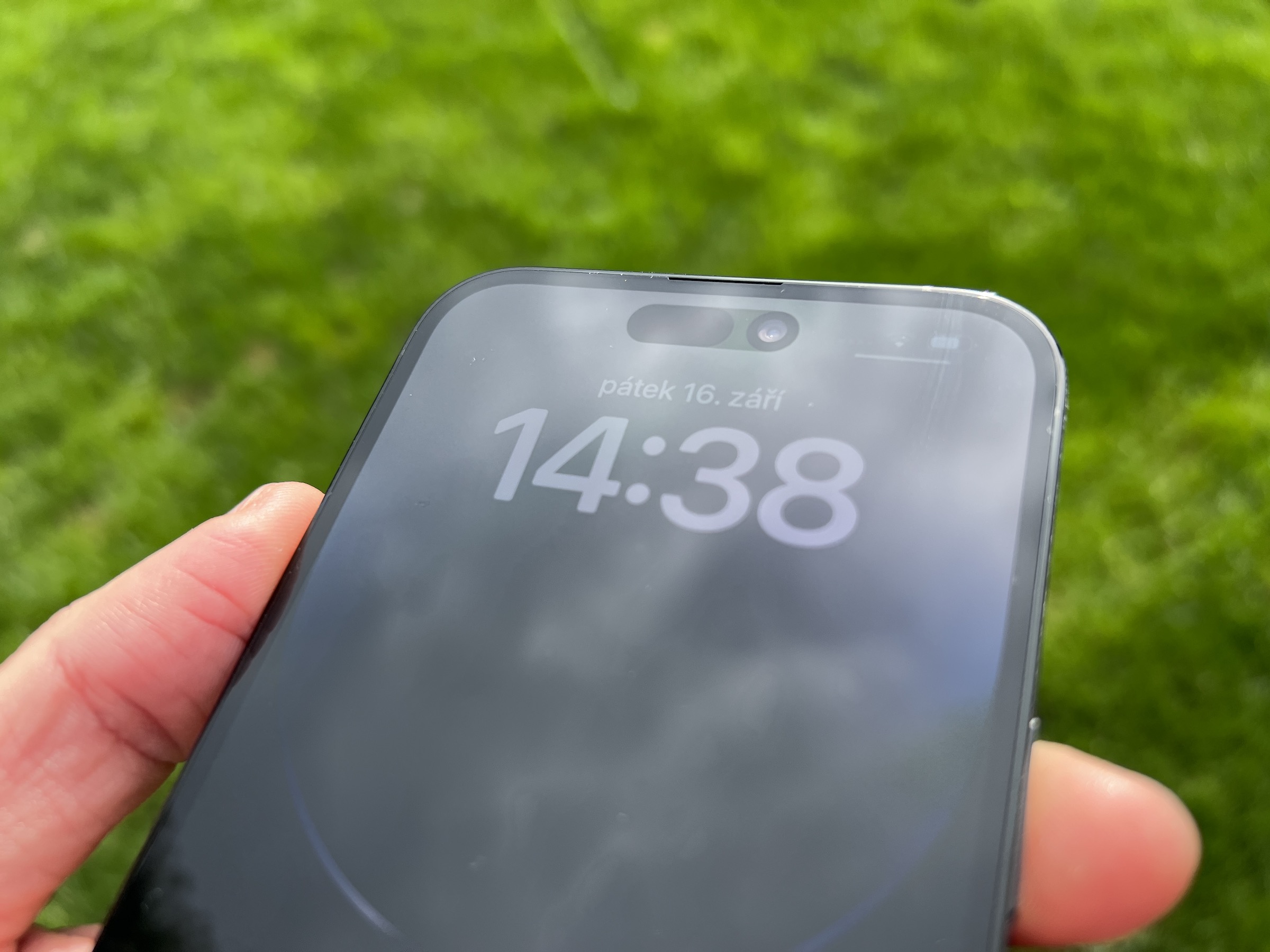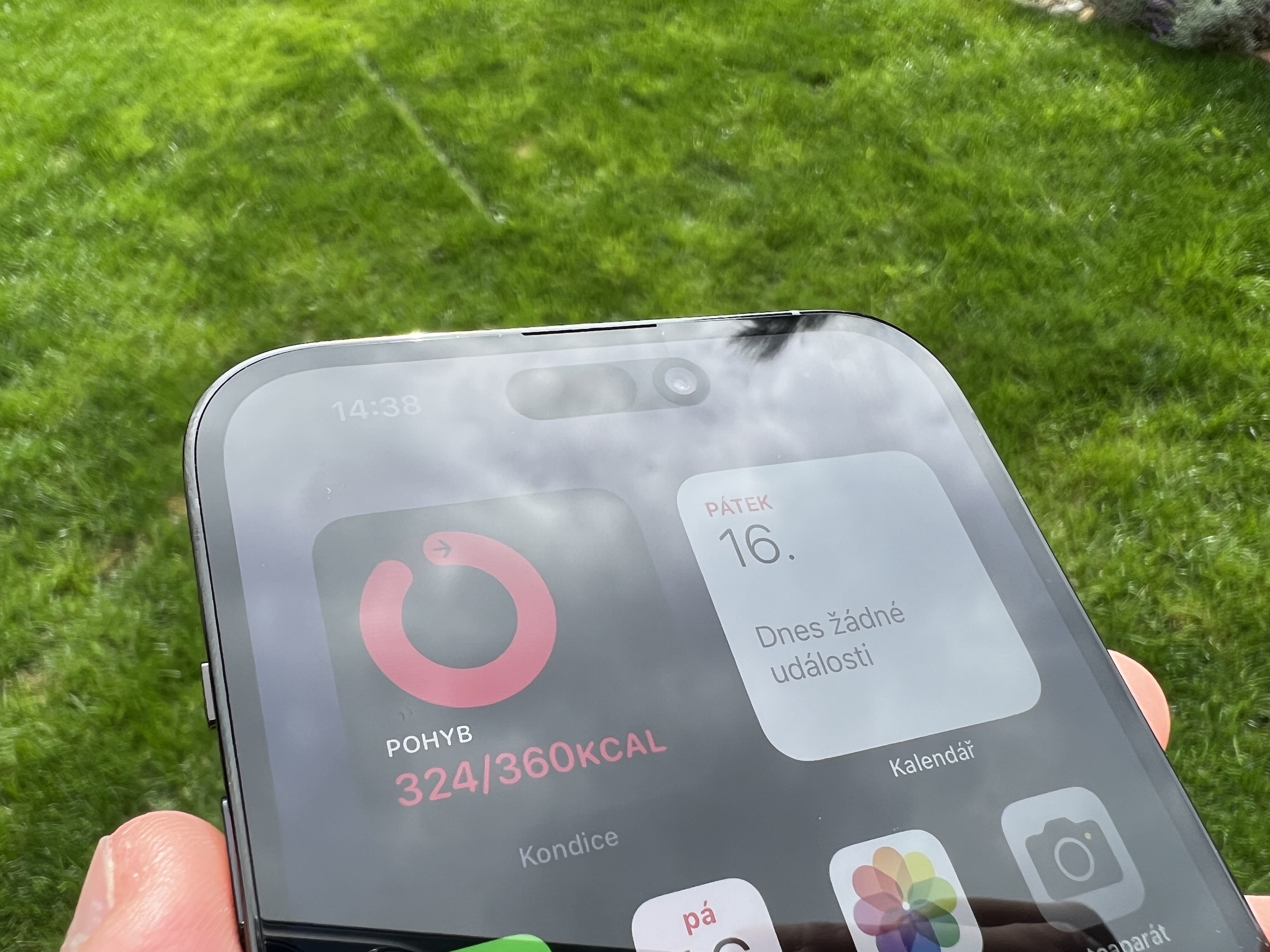Many of us still have a physical Nano SIM in our phones, even though iPhones have supported the eSIM standard for years. It might seem that this is the end of the development of this subscriber identification card used to identify the subscriber in the mobile network, but this is not the case. eSIM will replace iSIM.
What is the purpose of a SIM, regardless of whether it is physical or embedded? Each SIM card is assigned an entry in the home register (HLR), which contains information about the subscriber, the services he has activated and the mobile exchange that last ensured his communication with the network. The classic SIM card corresponded to the size of a payment card, but quickly began to shrink, specifically to Mini SIM, Micro SIM and currently in modern mobile phones to the most widespread Nano SIM.
The iPhone XS and XR were the first to come with eSIM in 2018. Since then, all iPhones have supported it, including the 2nd generation iPhone SE. So you can have two SIMs in your iPhone, one physical and one eSIM. This replaces the traditional separate SIM card, which is built directly into the phone, and identification data is uploaded to it by software.
It could be interest you
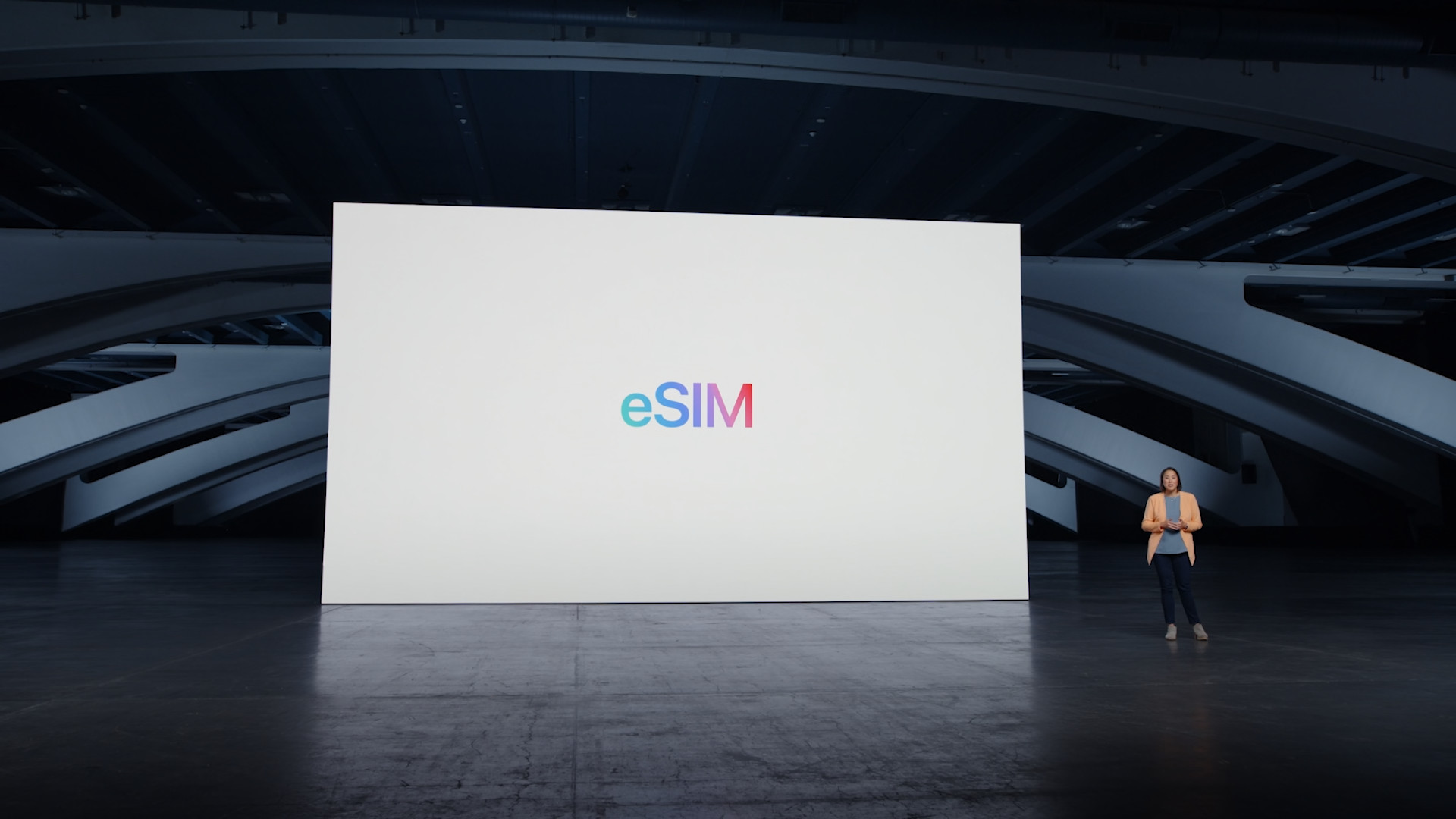
There are mainly two advantages here, when it is technically possible for one phone number to be uploaded to multiple eSIMs and therefore multiple devices. The manufacturer can then replace the space saved for the physical SIM with other hardware, but even the eSIM needs a certain amount of space. However, the problem is portability, when you simply do not remove the eSIM from the phone and put it in another. That eSIM is a current trend is evidenced by the fact that Apple no longer supplies its iPhone 14 sold in the US with a physical drawer for a physical SIM, which was replaced here by this very standard.
iSIM is the future
Many have already accepted eSIM as a supplement to a classic SIM card or switched to it completely, but the truth is that even this embedded SIM will eventually get its successor, which will be iSIM. Its advantage is that it is an integrated SIM. It is therefore not a separate chip, as is the case with eSIM, but is directly integrated into the processor chip. In addition to requiring almost zero space, it will also offer better energy efficiency. This clearly plays into the hands of Apple, which designs its own chips and can clearly profit from this solution. But he is not a leader.
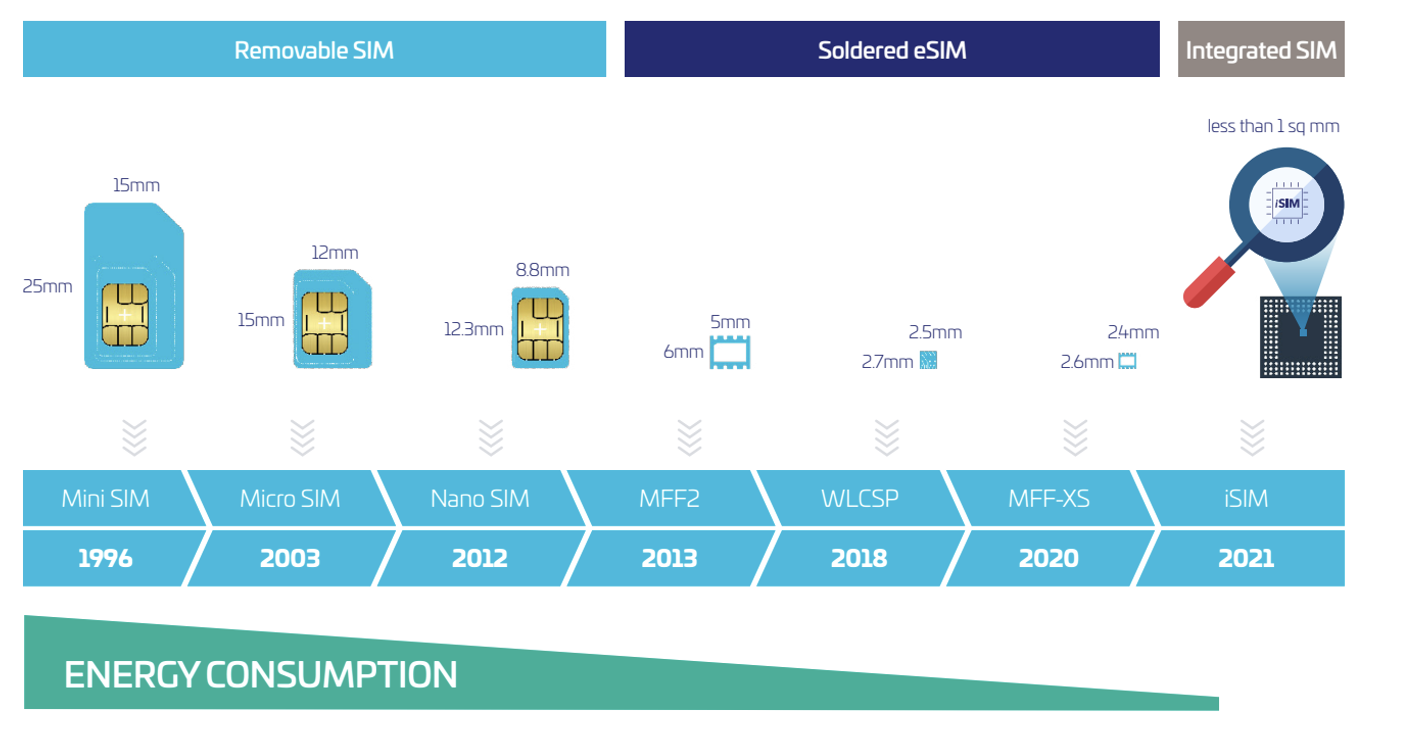
At MWC23 in Barcelona, Qualcomm announced that it will already integrate iSIM into its Snapdragons. Last year, he even demonstrated a specially modified version of the Samsung Galaxy Z Flip3, which already had a functional iSIM. Although we were not informed about it, iSIM already supports the manufacturer's current flagship chip, i.e. Snapdragon 8 Gen 2. It also received GSMA certification for this and offers the same level of security as eSIM.
It could be interest you

Compared to the Nano SIM, which measures 12,3 x 8,8 mm, the iSIM is 100 times smaller. Its size is less than one square millimeter. And how distant is the future? It's almost in sight. Although the standard has been known since 2021, Qualcomm expects that by 2027, 300 million smartphones with this technology will have been sold. He didn't say if he was only counting his own chips or those of his competitors as well.

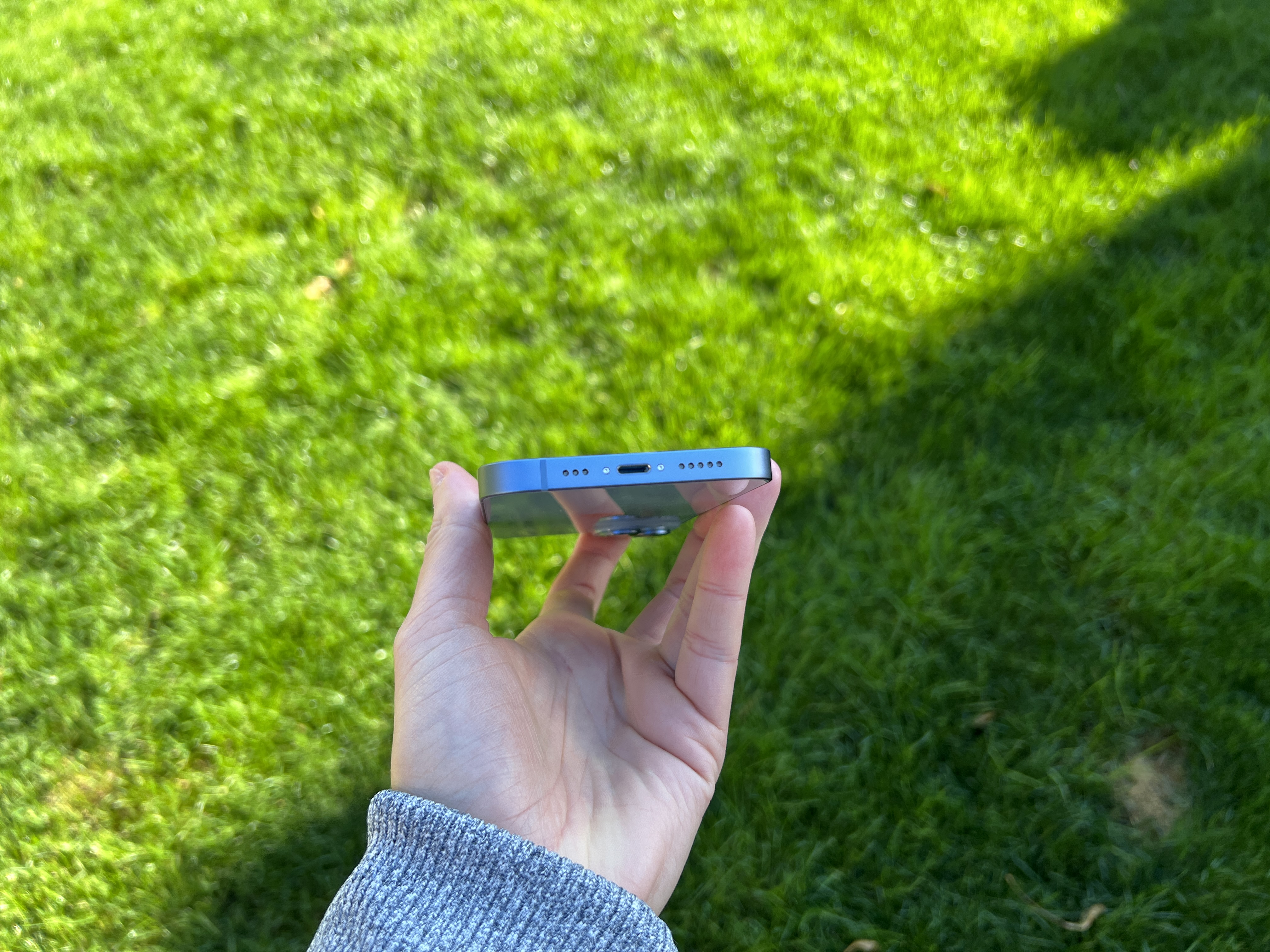
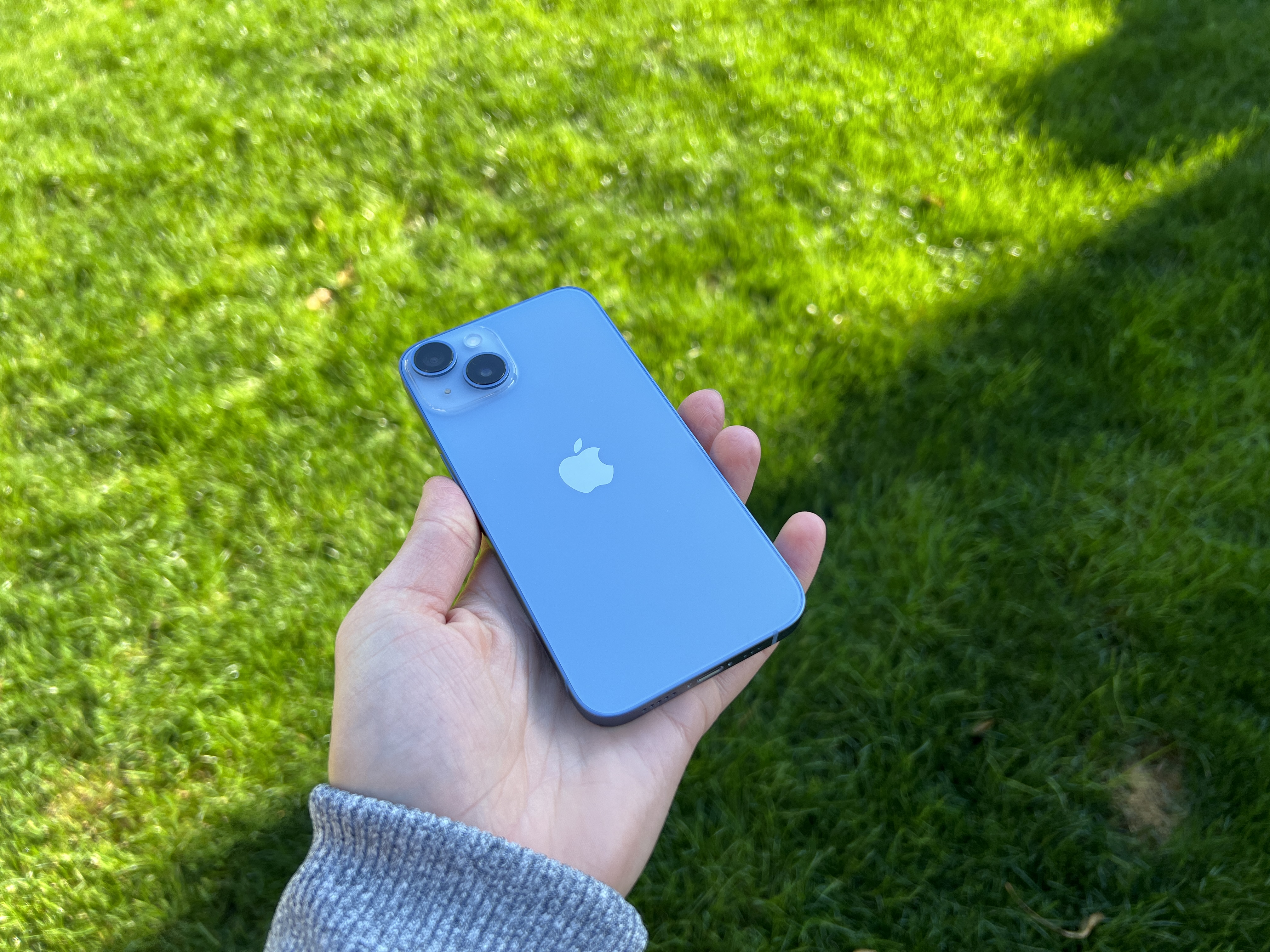
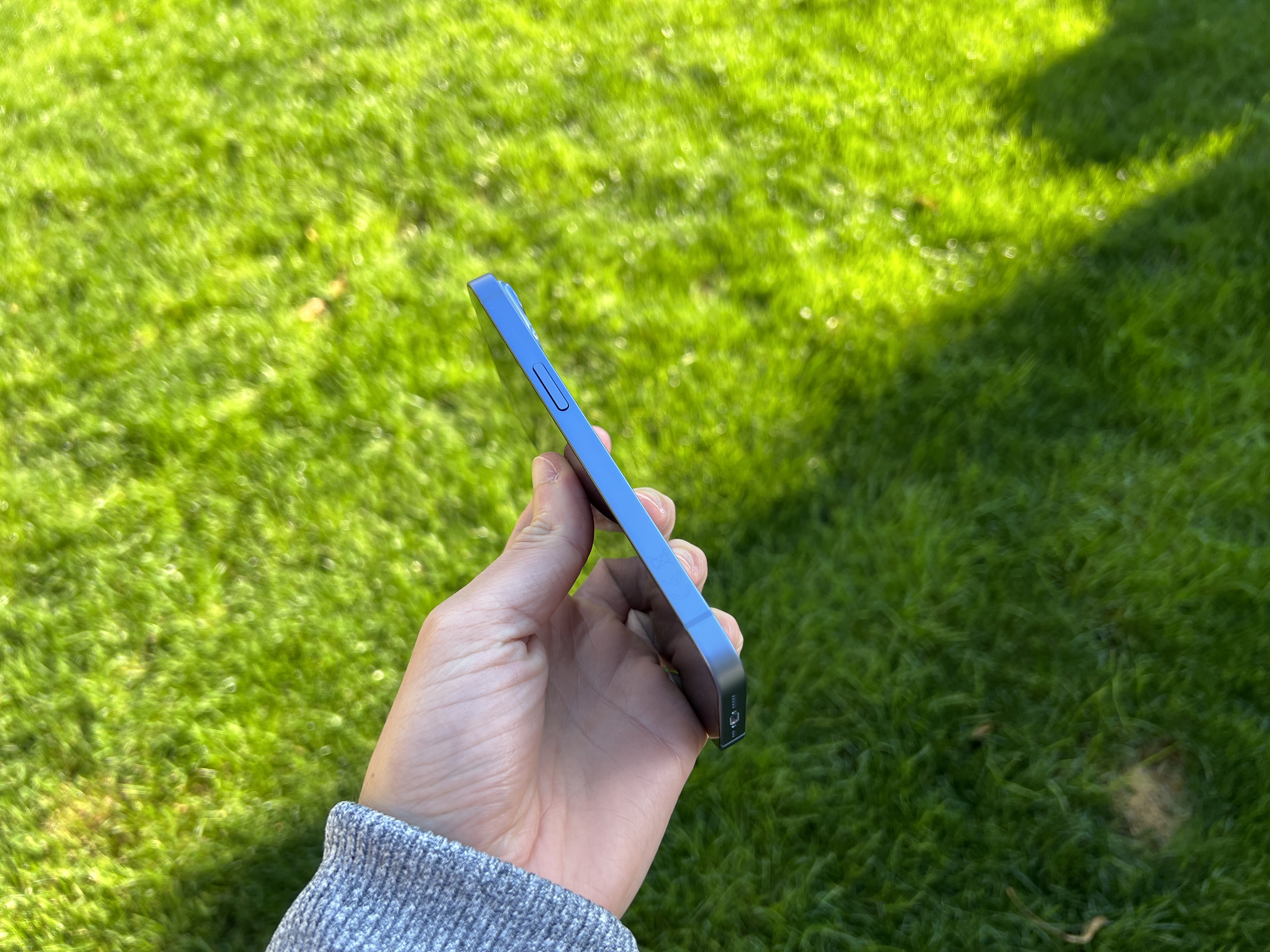
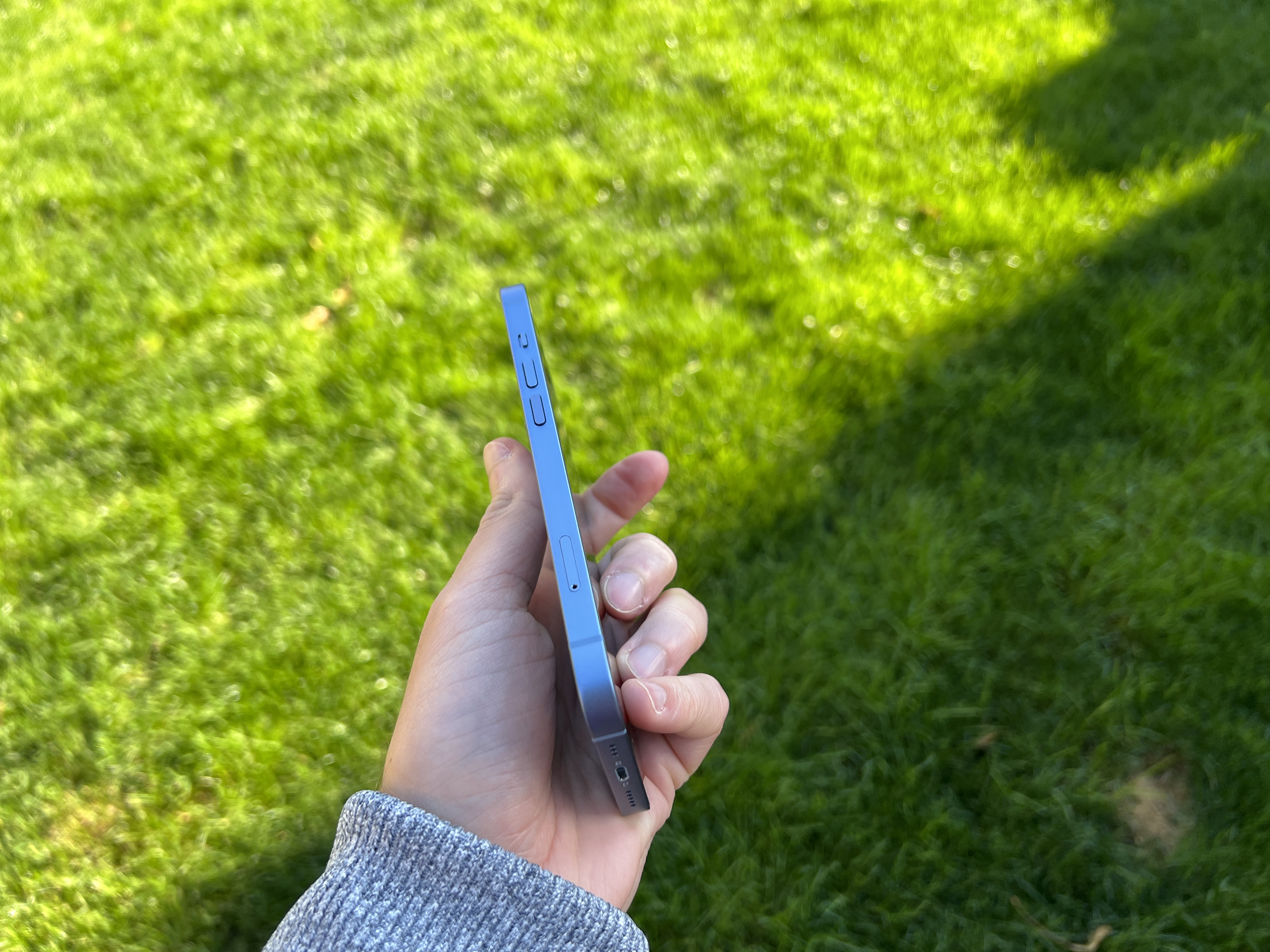

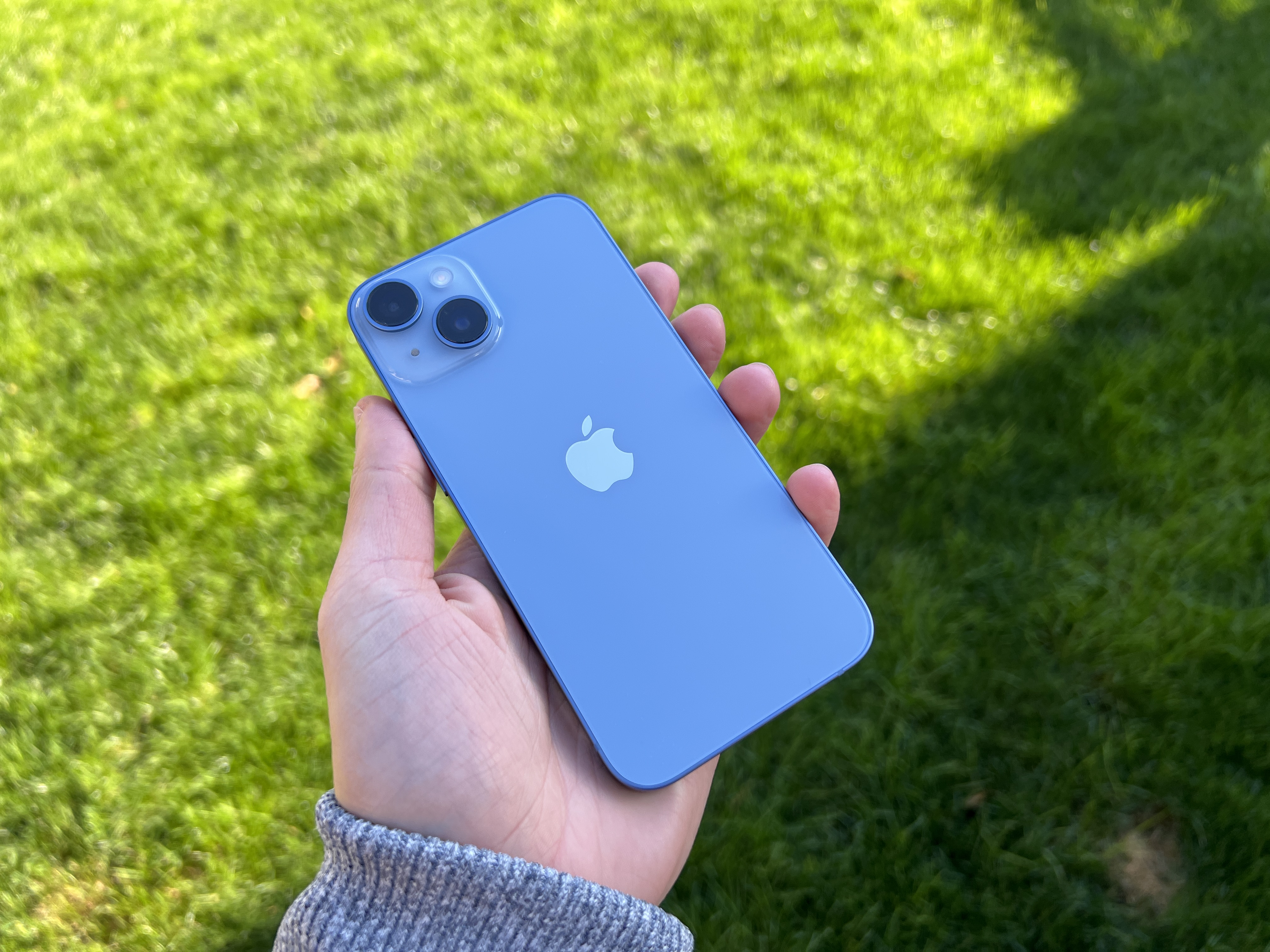
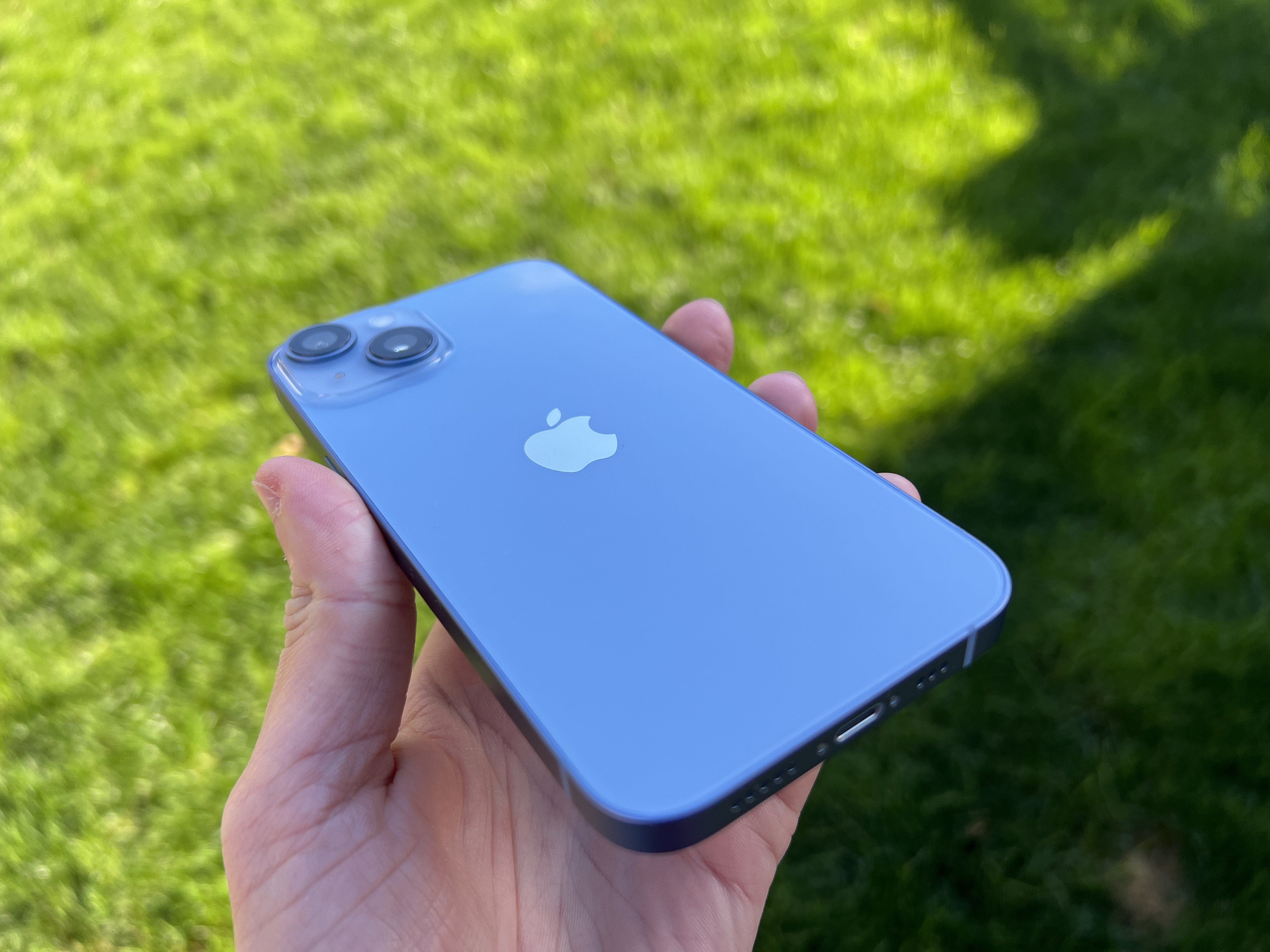


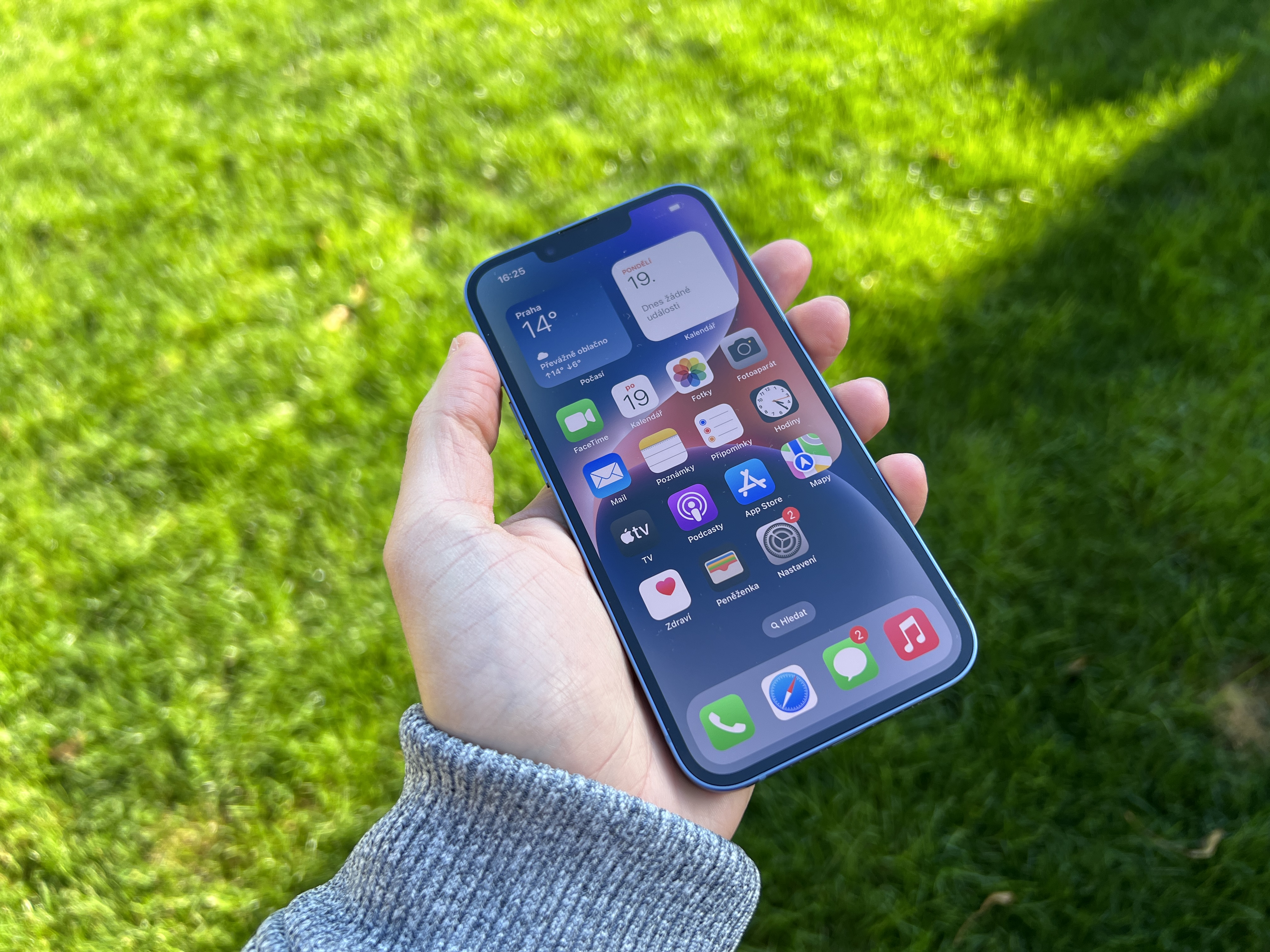
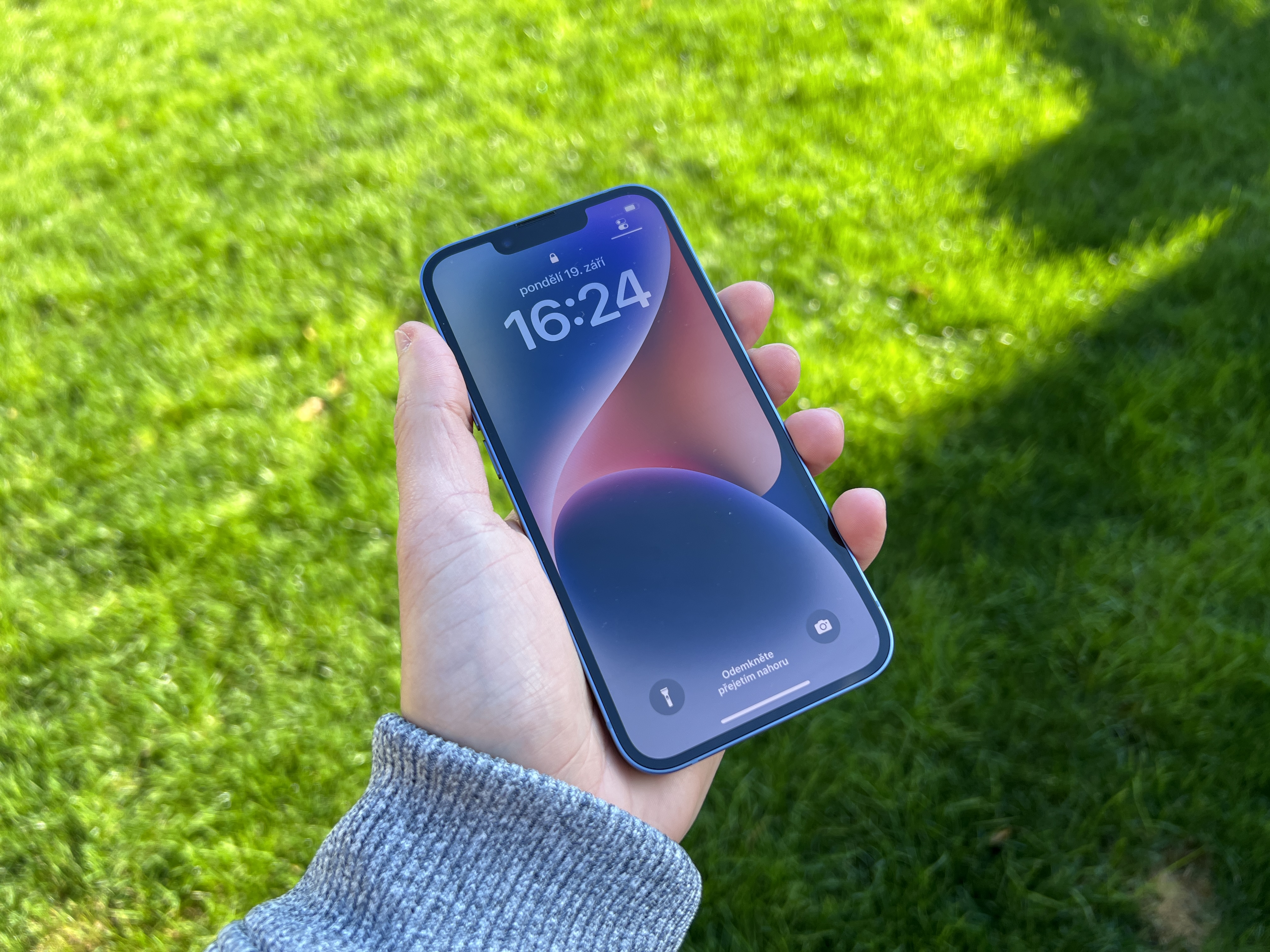
 Adam Kos
Adam Kos 
